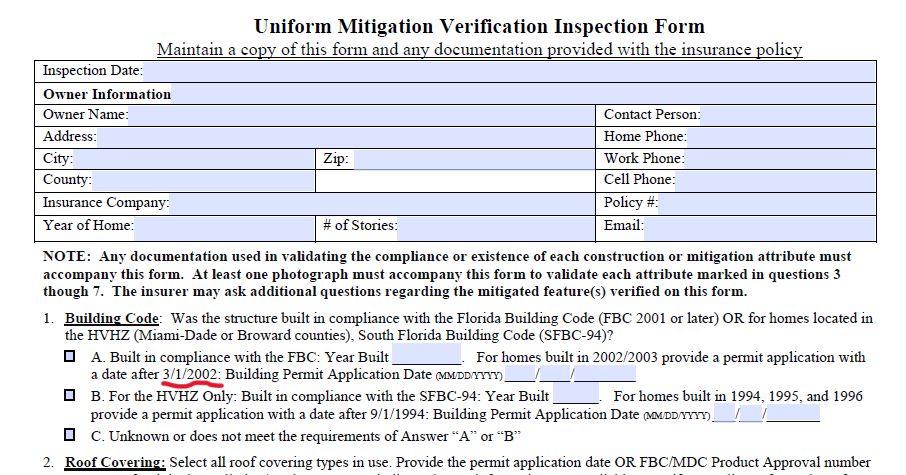The Early 20th Century: The First Recorded Hurricanes
The early 20th century stands as a pivotal era in the historical chronicles of Florida hurricane history. During this period, several major hurricanes left an indelible mark on the state, setting the stage for future preparedness and infrastructural evolution. One of the most significant storms was the 1926 Miami Hurricane. Striking with little warning on September 18, 1926, this catastrophic event brought widespread devastation, with wind speeds exceeding 150 miles per hour.
In Miami, this hurricane flattened buildings, uprooted trees, and caused an estimated $100 million in damages, a staggering sum for that era. The overwhelming destruction left thousands homeless and the local economy in turmoil. Personal accounts from survivors paint a harrowing picture; many recounted how entire neighborhoods were obliterated overnight. Newspapers from the time, such as the “Miami Herald,” featured headlines like “Miami Lies in Ruins; Rescue Efforts Underway,” echoing the desperate reality of the aftermath.
Similarly, the 1935 Labor Day Hurricane, which remains one of the most powerful hurricanes on record, had a monumental impact. Making landfall in the Florida Keys on September 2, 1935, the hurricane was a devastating Category 5 event. The resulting 18-foot storm surge, coupled with winds reaching 185 miles per hour, dismantled structures and swept away sections of the Overseas Railroad. The loss of life was tragic, with over 400 fatalities reported, many of whom were World War I veterans working in the area.
The impacts of these early hurricanes prompted significant changes in community responses and infrastructure. The harrowing experiences led to a more profound understanding of disaster preparedness and the necessity for robust building codes. These early storms served as a grim reminder of the forces of nature and the importance of constructing resilient communities. The lessons learned from these early hurricanes laid the groundwork for what would evolve into the stringent Florida building codes in effect today.
Mid-20th Century: Technological Advances and Data Collection
The period from the 1940s to the 1970s marked significant advancements in the tracking and data collection of hurricanes, changing the way Florida approached preparedness and response. The introduction of radar technology in the 1940s provided a breakthrough in real-time hurricane tracking, allowing meteorologists to monitor storm formations more accurately and giving communities more lead time to prepare for potential disasters. This era of innovation continued with the establishment of the National Hurricane Center (NHC) in 1965, a pivotal step in formalizing hurricane tracking and response efforts in Florida.
Significant hurricanes during this period, such as Hurricane Donna in 1960 and Hurricane Betsy in 1965, served as stark reminders of the destructive power of these natural phenomena. Hurricane Donna, one of the most intense hurricanes to make landfall in Florida, caused widespread devastation, prompting early considerations for more robust building standards. Hurricane Betsy, which followed five years later, further highlighted the necessity for comprehensive disaster preparedness. The collective impact of these storms led to a heightened awareness about hurricane preparedness across Florida communities and initiated early changes in building practices to mitigate future damage.
Throughout the mid-20th century, these hurricanes underscored the importance of developing more resilient infrastructure. As a result, Florida began to implement preliminary changes to its building practices, foreshadowing the stringent Florida building codes established in later decades. These initial adaptations included improved construction techniques and materials designed to withstand high winds and storm surges, gradually shaping Florida’s approach to building in hurricane-prone areas.
As technological advances continued, data collection methods improved, enabling a more systematic approach to studying hurricanes. This period paved the way for modern hurricane forecasting techniques, which remain critical to Florida’s ongoing efforts to safeguard lives and property from the relentless threat of hurricanes. The mid-20th century thus marks a transformative phase in Florida hurricane history, characterized by technological progress and the beginning of a more proactive stance towards hurricane preparedness and building resilience.
Late 20th Century to Early 21st Century: Building Codes and Insurance Reforms
The late 20th century was a transformative period for Florida, marked by catastrophic hurricanes that reshaped the landscape of both legislative and economic practices. Hurricanes Andrew in 1992 and Charley in 2004 were particularly influential, leading to profound changes in building codes and the home insurance market. These events underscored the vulnerabilities in Florida’s infrastructure, necessitating comprehensive reforms to enhance resilience against future hurricanes.
Hurricane Andrew’s landfall in 1992 was a watershed moment, revealing significant deficiencies in construction practices. Entire communities were leveled, prompting a critical analysis and overhaul of existing building codes. The aftermath of Andrew led to the adoption of the Florida Building Code in 2002, which established stringent standards for construction, ensuring that structures could withstand hurricane-force winds and mitigate damage. This code has since become a benchmark for resilience, incorporating advanced engineering practices and setting a precedent for other hurricane-prone regions.

Hurricane Charley in 2004 reinforced the necessity of these regulations, further solidifying the importance of robust building standards. Charley’s devastation expedited the implementation of additional safeguards within the Florida Building Code, emphasizing not only the durability of new constructions but also the need for retrofitting older buildings to withstand severe weather conditions.
Parallel to these developments in building regulations, the home insurance market underwent significant changes. The economic impact of large-scale hurricanes elevated the risk profiles for insurers, leading to shifts in premiums and policy restructuring. The role of reinsurance became increasingly vital, offering a financial buffer for insurance providers grappling with hefty claim settlements. Policyholders experienced a rise in premiums, reflecting the heightened risk and the necessity of sustaining a viable insurance market.
Moreover, legislative actions were taken to stabilize the insurance industry, including the creation of state-backed entities such as the Citizens Property Insurance Corporation. This initiative provided a safety net, ensuring the availability of home insurance for residents in high-risk areas. Through these reforms, Florida aimed to foster a more resilient and economically sustainable environment, balancing the imperatives of protection and affordability in the face of recurring hurricanes.
Current Era: Climate Change and Future Preparedness
From the late 2000s to the present day, the landscape of hurricane threats in Florida has drastically evolved, heavily influenced by climate change. The increasing frequency and intensity of storms have presented unprecedented challenges. Notable hurricanes such as Irma in 2017 and Michael in 2018 have demonstrated the destructive potential of these natural phenomena. Hurricane Irma, a Category 5 storm, caused widespread damage, affecting nearly every part of the state, while Hurricane Michael, arriving as a Category 5 in the Florida Panhandle, obliterated communities and highlighted the urgency for more resilient infrastructure. As of 2024, the rating system for hurricanes may add one more tier, Category 6. This upward trend in storm frequency and intensity underscores the importance of getting a wind mitigation inspection so homeowners can understand how prepared their home is for a hurricane.
In response to these formidable events, Florida has continuously refined its building codes. Modern Florida building codes are among the strictest nationwide, designed to withstand the high winds and pressure differentials associated with severe hurricanes. These codes have undergone numerous amendments to incorporate lessons learned from past storms, setting minimum standards for construction materials and techniques to enhance the durability and safety of structures.
The insurance industry has also adapted to the evolving risk landscape. Policies now frequently include provisions for “hurricane deductibles” and stricter requirements for storm-proofing homes. This shift aims to mitigate financial impacts on both insurers and property owners, promoting practices that reduce potential damage.
Looking forward, future hurricane preparedness in Florida hinges on several key strategies. Community initiatives play a central role, emphasizing local engagement and resilience-building activities such as neighborhood drills and public awareness campaigns. Technological innovations are at the forefront, with advancements in real-time storm tracking, predictive analytics, and communication systems offering critical tools for timely and effective responses.
Additionally, forecasting improvements driven by enhanced satellite technology and sophisticated modeling techniques are providing more accurate predictions of storm paths and intensities. These improvements facilitate better-prepared responses and more effective resource allocation. However, the dynamic nature of climate change means that Florida must remain vigilant, continually adapting strategies to ensure comprehensive preparedness for the increasingly volatile future of hurricanes.
